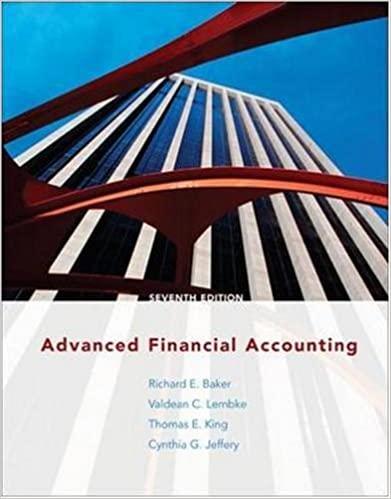Answered step by step
Verified Expert Solution
Question
1 Approved Answer
The following transactions were completed by Daws Company during the current fiscal year ended December 31: Jan. 29 Received 40% of the $17,000 balance owed
The following transactions were completed by Daws Company during the current fiscal year ended December 31:
| Jan. 29 | Received 40% of the $17,000 balance owed by Kovar Co., a bankrupt business, and wrote off the remainder as uncollectible. |
| Apr. 18 | Reinstated the account of Spencer Clark, which had been written off in the preceding year as uncollectible. Journalized the receipt of $7,405 cash in full payment of Clarks account. |
| Aug. 9 | Wrote off the $6,460 balance owed by Iron Horse Co., which has no assets. |
| Nov. 7 | Reinstated the account of Vinyl Co., which had been written off in the preceding year as uncollectible. Journalized the receipt of $3,940 cash in full payment of the account. |
| Dec. 31 | Wrote off the following accounts as uncollectible (one entry): Beth Connelly Inc., $7,095; DeVine Co., $5,540; Moser Distributors, $9,495; Oceanic Optics, $1,035. |
| Dec. 31 | Based on an analysis of the $1,782,000 of accounts receivable, it was estimated that $35,640 will be uncollectible. Journalized the adjusting entry. |




Step by Step Solution
There are 3 Steps involved in it
Step: 1

Get Instant Access to Expert-Tailored Solutions
See step-by-step solutions with expert insights and AI powered tools for academic success
Step: 2

Step: 3

Ace Your Homework with AI
Get the answers you need in no time with our AI-driven, step-by-step assistance
Get Started


